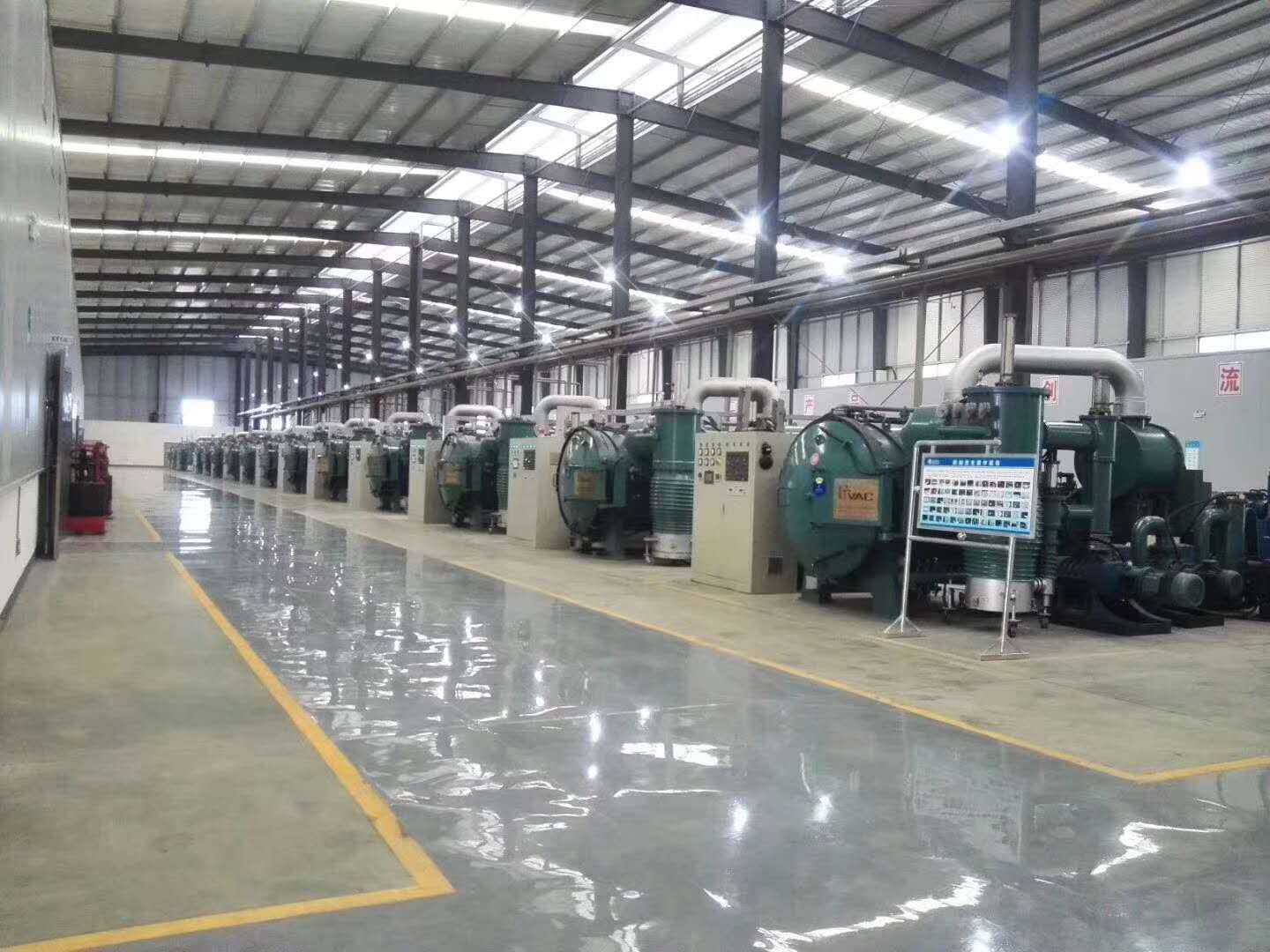How Are Neodymium Magnets Made?
Magnetism may interact with the Earth’s natural magnetic field, however, today’s magnets are not formed naturally. One of the only naturally occurring magnets is lodestone, but its magnet strength is too weak for use in practical applications. Modern magnets are much stronger, because they are created from alloys of ferromagnetic metals, which include: iron, nickel, cobalt and a few others. Ferromagnetism actually means the ability for certain materials to be magnetic or magnetized.
These ferromagnetic metals form alloys that then become the different types of permanent magnets. Four of the most common permanent magnets are:
Neodymium (NdFeB:neodymium-iron-boron)
Samarium-Cobalt (SmCo)
Alnicos (aluminum-nickel-cobalt)
Ceramic/Ferrite

1,Melting and Milling
After the pretreatment of raw materials praseodymium and neodymium, pure iron, iron boron, etc. according to the proportion of ingredients, into the vacuum melting furnace, under the protection of argon high temperature smelting after the belt swing.It also makes the product have a uniform composition, a high crystallization orientation, a good microstructure consistency, and can avoid the formation of a-Fe.
2,Pressing and Alignment
The function of orientation is to make the easy magnetization direction C axis of the disordered orientation of the powder particles turn to the same direction, so as to obtain the maximum remanence.The main purpose of the molding is to press the powder into a certain shape and size, while maintaining the grain orientation obtained in the magnetic field orientation as much as possible.We design using molding magnetic field press and isostatic press for secondary molding, for special-shaped magnets, using special tooling, direct molding, sintered magnets only need a little surface treatment can be put into use, greatly saving material and subsequent processing costs.
3,Sintering
Sintering is to make a series of physical and chemical changes occur in the crushing at high temperature. It is a simple and cheap way to change the microstructure of materials to improve the magnetic properties of materials.Sintering is the final molding process of materials, which has a very important effect on the density and microstructure of magnets.
4,Machining
After sintering, the resulting NdFeB magnet is a blank, which requires further machining to obtain a variety of different sizes, sizes and shapes.NdFeB magnet due to relatively brittle, poor mechanical properties, generally can only be used in grinding and cutting processing.
5,Coating
Surface treatment of rare earth permanent magnets of various shapes, such as electrophoresis, zinc plating, nickel, nickel-copper nickel and phosphating, is performed to ensure the appearance and corrosion resistance of the products.
6,Magnetization
Now the magnets are almost ready, but they're not quite magnetic yet. In other words, they have been assigned pole directions but magnetism hasn’t been activated yet, so they will not attract or repel to their full capabilities. In order to activate their magnetism, an industrial magnetizer is often used. The magnet slugs are placed into it and are exposed to a strong magnetic field.
The process of creating a permanent magnet is an intricate and interesting one. If you have more questions about magnet-making or products, Welcome contact Jugo Magnet freely!
+Dongguan Jugo Magnet Co.,Ltd
+Contact: Ms.Wendy
+Email: wendy@jugomagnet.com
+Skype: jugosales
Prev:nothing

